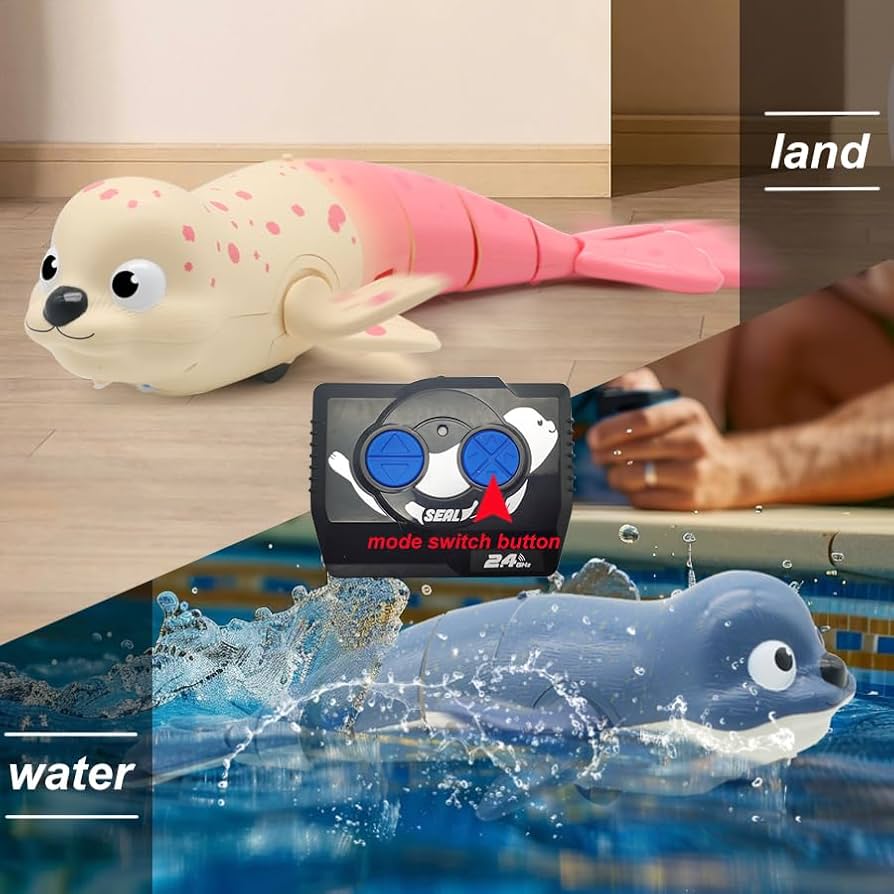Proper Cleaning Techniques
Always rinse the toy thoroughly with clean, fresh water immediately after removing it from the pool. Chlorine, salt, bromine, and other chemicals rapidly corrode electronics and mechanical parts. Use a soft cloth or brush to remove debris from the hull, propellers, and control surfaces. Pay special attention to crevices around moving parts.
Battery & Charging Care
Remove batteries promptly after use. Wipe terminals dry and ensure the battery compartment is completely dry before reinserting batteries for charging or storage. Follow manufacturer charging instructions precisely: never overcharge batteries. Use only compatible chargers and batteries. Store batteries separately in a cool, dry place if not used for extended periods.

Drying Before Storage
Thorough drying is non-negotiable. Allow the toy and its remote control to air dry completely for at least 24-48 hours before storage. Open hatches, battery compartments, and any accessible panels to promote airflow internally. Absorb water from hard-to-reach areas using a lint-free cloth or compressed air designed for electronics. Ensure all moisture is gone to prevent internal corrosion and mold.
Safe Storage Practices
Store the toy and remote in a cool, dry place away from direct sunlight and temperature extremes.
- Protect from Impact: Store in a protective case or box to prevent crushing or accidental damage.
- Separate Components: Remove propellers if easily detachable to prevent stress on drive shafts.
- Detach Batteries: Remove batteries from both the toy and remote for long-term storage.
Handling & Operation
Operate the toy only in water deep enough to prevent the hull or propellers from scraping the pool bottom. Avoid collisions with walls, steps, ladders, and other pool fixtures. Sudden impacts can damage propellers, motors, shafts, and steering mechanisms. Keep pets away to prevent chewing on parts. Never operate during lightning storms.
Regular Inspection & Maintenance
Periodically inspect:
- Propellers: Check for cracks, bends, chips, or hair/line tangles.
- Seals & Hatches: Ensure O-rings and gaskets are intact and seated correctly. Apply manufacturer-recommended silicone grease lightly if needed.
- Moving Parts: Look for excessive binding or stiffness in rudders or drive shafts.
- Casing: Check for cracks or water ingress points.
Address issues immediately to prevent further damage. Refer to the manual for specific maintenance schedules or lubricant points (if applicable).
